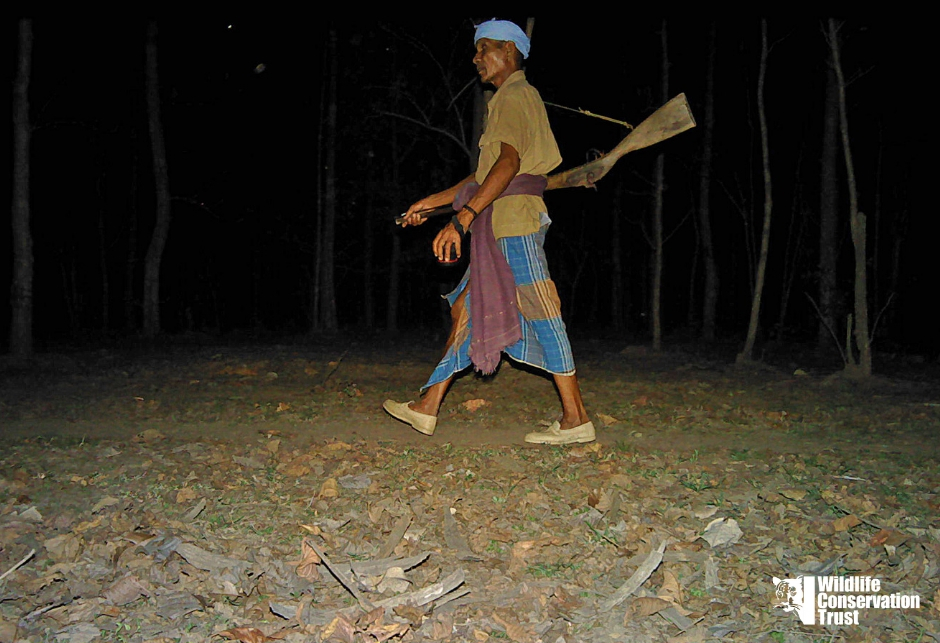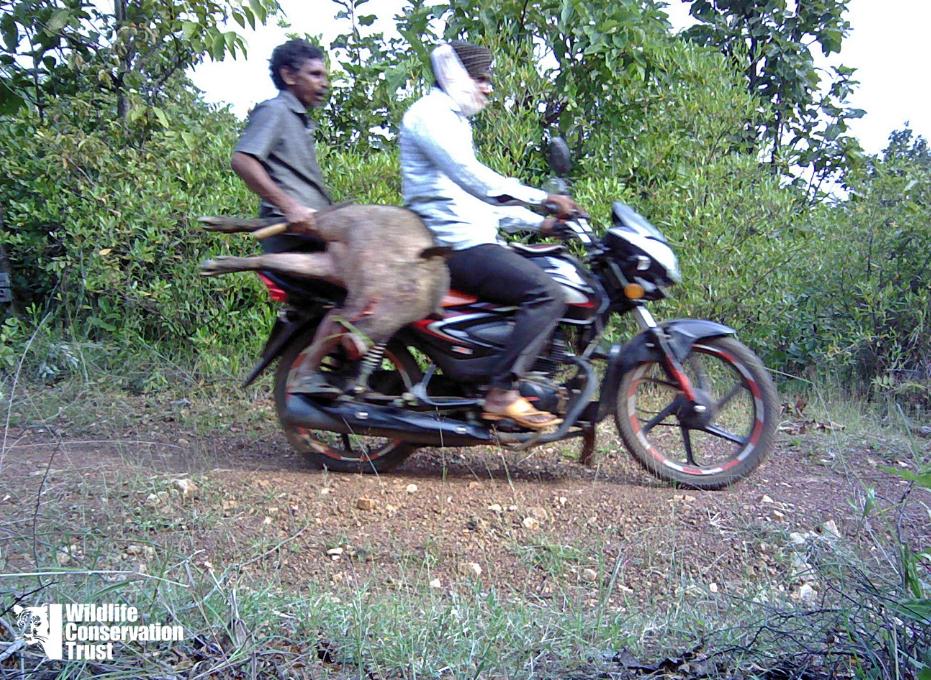
Across their ranges in India, tigers, lions and leopards suffer from loss of wild prey due to the poaching of herbivores for bushmeat and trade. As wild prey gets scarce, big cats are forced to disperse into human-dominated areas and subsist on livestock. This leads to conflict, and in many cases, retaliatory killings of the big cats, by means of poisoning of cattle carcasses.

WCT’s camera trapping exercises provide vital information about bush-meat hunting from forest patches with high human densities. Pictures of gun-carrying men consistently appear in our camera traps and we share these with state forest departments, who have made several arrests using this information.
In honour of Wildlife Week, let’s renew our pledge to conserve India’s big cats in their natural habitats. For in doing so, we will have conserved all the wonderful life forms that call these forests, scrublands, grasslands and mangrove swamps home.
Related Links
- Wildlife Population Estimation
- 22 amazing tiger facts – LetsTalkTigers
- Landscape Ecology
- Village Social Transformation Programme
- Camera Trap – Means of ‘Counting’ progress
- Tiger conservation is not about saving one tiger
